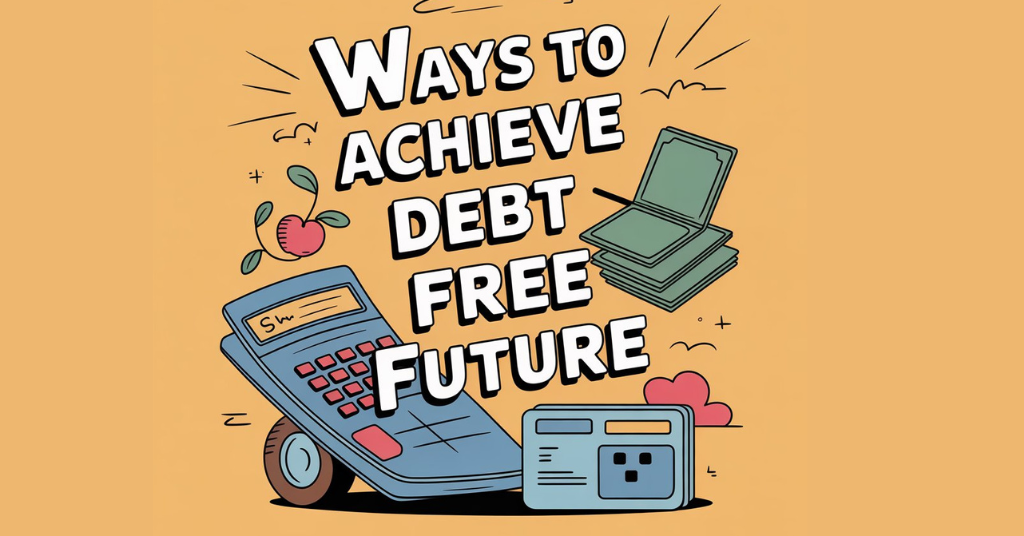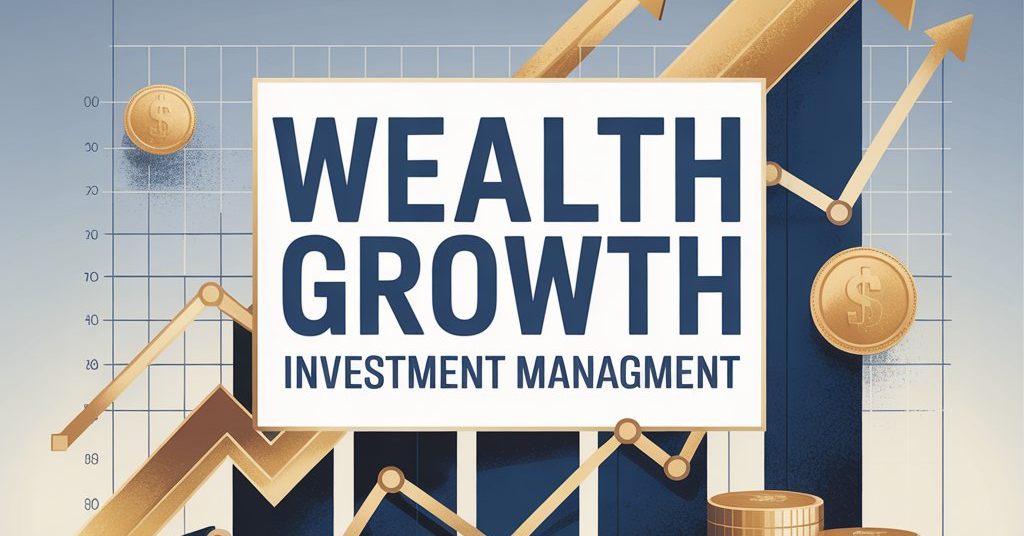Living in debt has become a common part of life for many Americans. Credit cards, student loans, car payments, and mortgages often consume a large share of monthly income. According to the Federal Reserve, U.S. consumer debt surpassed $17 trillion in 2024, showing how widespread this issue is.
But here’s the good news: becoming debt-free is possible. A debt-free future doesn’t mean you’ll never borrow for a home or education—it means you’ll manage debt smartly, avoid high-interest traps, and free your income for savings and investments.
This blog will give you step-by-step ways to achieve debt free future with examples, calculations, and strategies to achieve financial freedom.
What Does a Debt-Free Future Really Mean?
Before we explore how to achieve it, let’s define what being debt-free actually looks like:
- No credit card balances carrying high interest.
- Student loans, auto loans, or mortgages either fully paid or comfortably manageable.
- A strong credit score that unlocks low interest rates.
- An emergency fund that prevents you from borrowing again.
In short: debt no longer controls your financial decisions.
10 Ways to Achieve Debt Free Future
Step 1: Know Exactly What You Owe
The first step is awareness. You can’t fight what you don’t see.
Make a table of your debts:
| Debt Type | Balance | APR (Interest) | Minimum Payment |
| Credit Card A | $5,000 | 24% | $150 |
| Credit Card B | $3,000 | 18% | $90 |
| Student Loan | $25,000 | 5.8% | $250 |
| Auto Loan | $15,000 | 4.5% | $300 |
| Mortgage | $200,000 | 3.5% | $1,200 |
Now calculate:
- Total debt payments = $1,990 per month.
- If your monthly income is $5,000, debt consumes almost 40% of your income—too high.
This shows why planning is urgent.
Step 2: Build a Budget You Can Follow
A budget is your roadmap to financial control. Two popular methods are:
- 50/30/20 Rule: 50% needs, 30% wants, 20% debt + savings.
- Zero-Based Budget: Assign every dollar a role until nothing is left unplanned.
Example
If your monthly income is $5,000:
- Needs: $2,500
- Wants: $1,500
- Debt + savings: $1,000
But suppose your debt minimum payments are $1,500. You’ll need to cut into “wants” and shift more money to debt repayment.
Step 3: Pick the Right Debt Repayment Strategy
There are two famous methods:
1. Debt Snowball Method
- Pay smallest balance first for motivation.
- Once cleared, roll that payment into the next debt.
2. Debt Avalanche Method
- Pay the debt with the highest interest rate first.
- Saves the most money in the long run.
Calculation Example
Debts:
- Card A: $5,000 at 24% APR
- Card B: $3,000 at 18% APR
- Loan: $15,000 at 6% APR
Minimum payments: $150 + $90 + $250 = $490
Extra available: $210
Total monthly = $700
- Avalanche: Put extra toward Card A first. Paid off in 14 months. Total interest saved: about $800 more than snowball.
- Snowball: Pay off Card B first. Motivating but slightly more costly in interest.
👉 Pick the strategy that you’ll actually stick to.
Step 4: Cut Expenses to Free Cash
Every dollar you save is a dollar that can fight debt.
- Cancel unused subscriptions.
- Cook at home instead of eating out.
- Switch to a cheaper phone plan.
- Shop using discounts and cashback apps.
Example
If you cut $125/month in subscriptions and $75/month in dining out = $200/month extra.
Over 12 months = $2,400 toward debt.
That’s nearly half of a credit card paid off just from lifestyle adjustments.
Step 5: Boost Your Income
Cutting costs helps, but boosting income accelerates the process.
- Side hustle: Uber, DoorDash, or freelance work.
- Sell unused items online.
- Ask for overtime or a raise at work.
Example
Extra $500/month from freelancing → $6,000/year.
Applied to credit card debt at 20% APR, you could save nearly $1,200 in interest and finish payments faster.
Step 6: Consider Consolidation or Balance Transfers
Debt tools can help if used wisely:
- Debt consolidation loan: One payment at a lower rate.
- Balance transfer card: 0% APR for 12–18 months (but fees apply).
- Refinance loans: Especially useful for mortgages or student loans.
Example
Transfer $8,000 from two cards at 22% APR to a 0% APR card for 15 months. Fee = 3% = $240.
- Without transfer: Interest in 15 months ≈ $1,200.
- With transfer: Pay $240 fee only.
Net savings ≈ $960.
Step 7: Protect Your Credit Score
Your credit health determines your future borrowing costs.
- Pay every bill on time.
- Keep credit utilization under 30%.
- Check credit reports yearly (free at AnnualCreditReport.com).
Example: Using $3,000 on a $10,000 credit line = 30% utilization. Using $6,000 = 60% → lowers your score.
Step 8: Negotiate with Lenders or Get Help
- Ask for reduced APR or hardship programs.
- Call lenders to negotiate better terms.
- Seek nonprofit credit counseling agencies if overwhelmed.
Example: Negotiating a credit card from 24% APR to 15% on a $5,000 balance saves around $450/year in interest.
Step 9: Build an Emergency Fund
Debt-free living isn’t possible without a safety net.
- Aim for 3–6 months of essential expenses.
- Start with a mini-fund of $1,000.
Example: If your essentials = $3,000/month, build at least $9,000–$18,000 long-term.
This prevents using credit cards for emergencies.
Step 10: Maintain a Debt-Free Lifestyle
Once you’re free, staying free is the next challenge.
- Avoid impulsive spending.
- Save before making large purchases.
- Review your budget every month.
- Celebrate milestones (without spending sprees!).
Case Study Example: Debt-Free Roadmap
Profile:
- Income: $5,000/month
- Debts: $10,000 credit cards, $30,000 student loan, $20,000 auto loan
Plan:
- Budget: Cut wants by $400/month.
- Snowball: Pay off credit card with $700/month extra.
- Side hustle: Adds $500/month → $1,200/month toward debt.
- Credit cards cleared in 9 months.
- Extra $1,200/month then rolls into student loans.
Outcome:
Debt-free in about 5 years instead of 12+ years paying only minimums.
Benefits of a Debt-Free Future
- More savings and investment opportunities.
- Less financial stress.
- Ability to plan for retirement, travel, or buy a home comfortably.
- True financial independence.
Conclusion
A debt-free future is not just a dream—it’s a plan. By tracking your debts, budgeting, using snowball or avalanche strategies, cutting expenses, boosting income, and protecting your credit score, you can break free from financial chains.
It takes patience and discipline, but the reward is peace of mind and financial freedom. Start today—your debt-free tomorrow is waiting.



